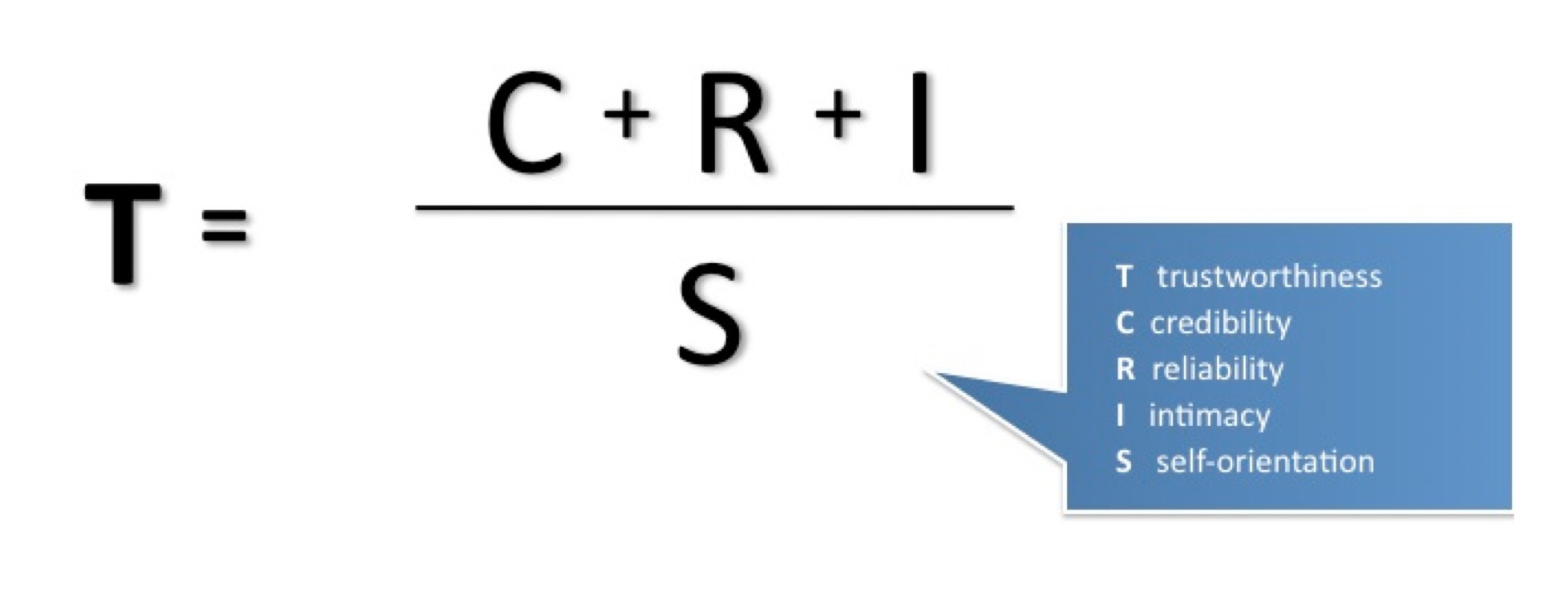The Dishwasher’s Tale
 During a recent conversation, a friend–General Counsel for a large listed company–mentioned that she does not feel appreciated by her CEO for all the work she does; and that feels disheartening.
During a recent conversation, a friend–General Counsel for a large listed company–mentioned that she does not feel appreciated by her CEO for all the work she does; and that feels disheartening.
How often do we hear this? Is this a gender issue? Do females need to feel workforce appreciation more than males?
A Little Appreciation
One of my biggest lessons in life came 30 years ago. I had time between University semesters. I wanted to travel to the country nearest Ireland, where I was studying, where they didn’t speak English. After getting a bus, boat, and train…I arrived at my destination: Belgium, where Flemish is the first language and French the second. Because of the language barrier, I had to work in a position that did not require customer contact.
Hence my job: dishwasher.
Day in and day out I washed glasses, dishes, pots and pans. I think it was the hardest job I have ever completed. Only one of the waiters would come up to me at the end of a shift to say ‘thank you.’ This simple, genuine ‘thank you’ was so warming to my soul that it would make me feel motivated enough to come back into work the next day. Luckily this was a summer job to fund my holiday travels and I only had to work there for one month. I cannot begin to imagine what it must be like to have that job long term.
A Question of Perspectives
I walked away with from that job knowing what a huge difference it makes if someone feels appreciated. Ever since, I have tried to make a point of showing my appreciation–from my client, to the person in the office emptying the rubbish bins, to the lady in the bathroom at the airport cleaning the cubicles, to the tram driver when I get off at my stop and I leave via the door beside the driver.
Recently, I have become more aware of how many others do not do this. I asked colleagues in the office why they do not say ‘thank you’ to the person cleaning their rubbish bins. The answer was almost always, “It’s their job, why should I thank to someone for doing their job?” Maybe this is the perspective of the CEO at my friend’s company.
A Little Less Self-orientation
Imagine if we all proactively practiced genuine appreciation–what a wonderful world we would live in. It reminds me of one lesson of the Trust Equation; that as we empathetically reach out to others by giving them a sense of importance, we simultaneously reduce our own self-orientation.
An old Chinese proverb says it all “Flowers leave some of their fragrance on the hand that bestows them.”
When we make people feel good about themselves we elevate ourselves to greatness as well.

 “I helped Maia and Maia helped me”… was the breathless comment of a three year old at the end of a very successful Easter egg hunt recently; she had formed a partnership with an equally ambitious four year old egg-hunter to be clear winners in the task of finding (and consuming!) as many Easter eggs as possible.
“I helped Maia and Maia helped me”… was the breathless comment of a three year old at the end of a very successful Easter egg hunt recently; she had formed a partnership with an equally ambitious four year old egg-hunter to be clear winners in the task of finding (and consuming!) as many Easter eggs as possible. Nestled between the delicious food shots and cool clothes in the April print issue of
Nestled between the delicious food shots and cool clothes in the April print issue of  One of my sons regularly takes our dog to the local dog park. Recently, while breaking up some overly rough play between ours and another dog, my son was bitten and needed medical attention. Word spread quickly about the bite. To ward off rumors and gossip, and because the bite wasn’t the result of a vicious act, my son refused to say which dog bit him.
One of my sons regularly takes our dog to the local dog park. Recently, while breaking up some overly rough play between ours and another dog, my son was bitten and needed medical attention. Word spread quickly about the bite. To ward off rumors and gossip, and because the bite wasn’t the result of a vicious act, my son refused to say which dog bit him. What profession do you think has the most ultimate trusted advisors per capita? Consultants? Doctors? Financial planners? I now know where my vote goes. PICU nurses.
What profession do you think has the most ultimate trusted advisors per capita? Consultants? Doctors? Financial planners? I now know where my vote goes. PICU nurses. Beginning just three years ago, some large firm legal fees reached that amount – about $17/minute – providing fodder for legal bloggers, and Internet articles on a variety of topics, including
Beginning just three years ago, some large firm legal fees reached that amount – about $17/minute – providing fodder for legal bloggers, and Internet articles on a variety of topics, including .jpg) Last week in Part I
Last week in Part I
 Trust takes time. It’s one of those things we say without examination. Turns out it’s largely a myth.
Trust takes time. It’s one of those things we say without examination. Turns out it’s largely a myth. There are lots of ways to build trust with others (
There are lots of ways to build trust with others ( I was on the plane yesterday from New York to Seattle. It’s a breakfast flight. The menu has three options: French toast, omelette, or cereal with banana.
I was on the plane yesterday from New York to Seattle. It’s a breakfast flight. The menu has three options: French toast, omelette, or cereal with banana.